Romania
Photos
18 Photos
Per Page:
Filter Categories
All
Filters
Mural in the inner court of Peles Castle.
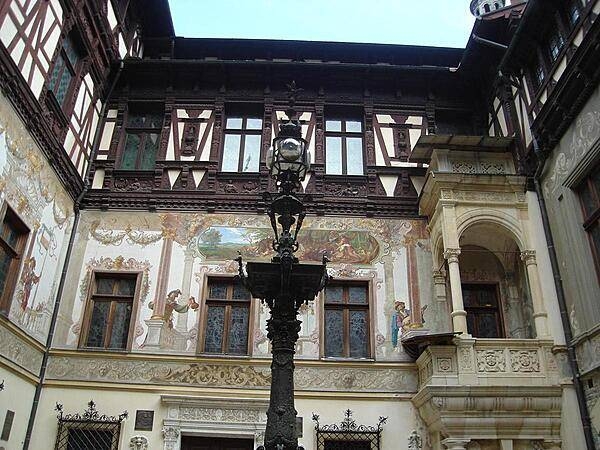
The Neo-Renaissance Peles Castle near Sinaia was built between 1873 and 1914 as a residence for King Carol I. The magnificent royal home, set in the Carpathian Mountains, is, understandably, a very popular tourist destination.
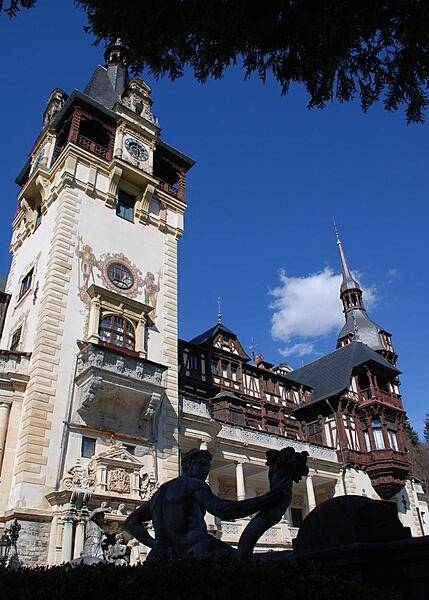
The entrance to the Great Church of the Sinaia Monastery. First built between 1842 and 1846, the church was partially rebuilt between 1897 and 1903.
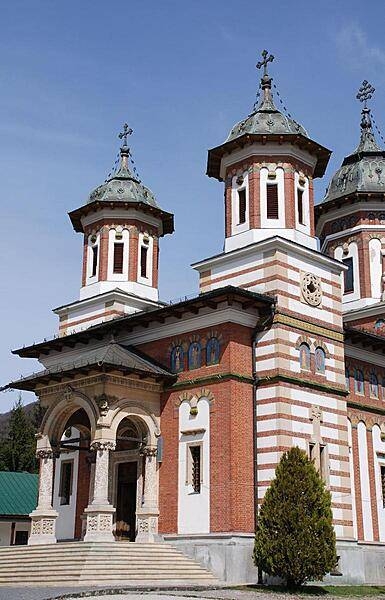
Trescovat peak, an eroded volcanic plug that lies just astride the Danube River, is popular among hikers and climbers and offers impressive views of the river valley. This view is from the Serbian side of the Danube.
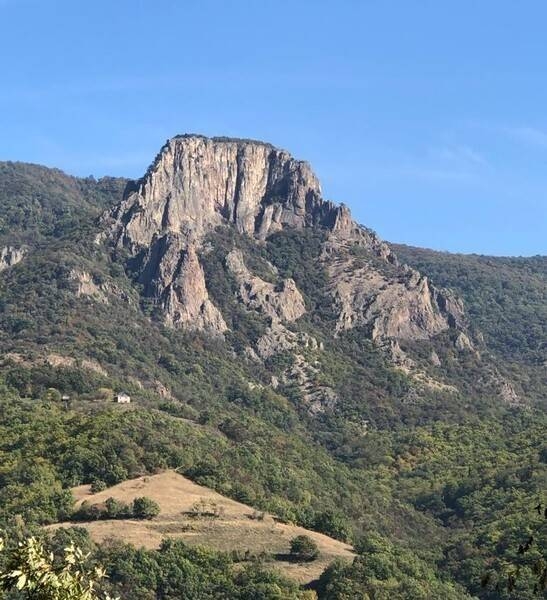
Rock carving, on the Romanian side of the Danube River, depicting the Dacian King Decebalus (r. A.D. 87-106), who fought the Romans in the early 2nd century but was ultimately defeated. He is considered a Romanian national hero. The carving, made between 1994 and 2004, is 42.9 m (141 ft) tall and 31.6 m (104 ft) wide and is the tallest rock relief in Europe.
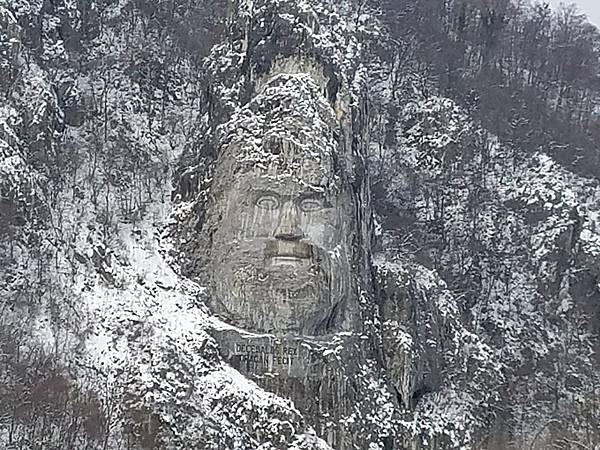
Romanian countryside from the Danube River near the Iron Gates.

On the Danube River approaching the Iron Gates.
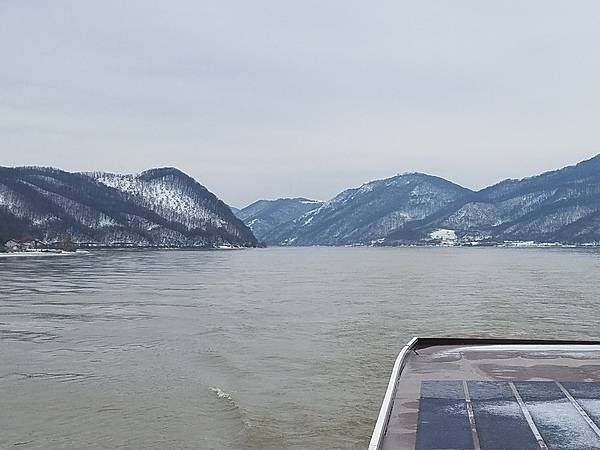
The Iron Gates is a gorge on the Danube River; it forms part of the boundary between Serbia and Romania. In the broad sense, it encompasses a route of 134 km (83 mi); in the narrow sense, it only includes the last barriers on this route - two hydroelectric dams and two power stations just beyond the city of Orsova.
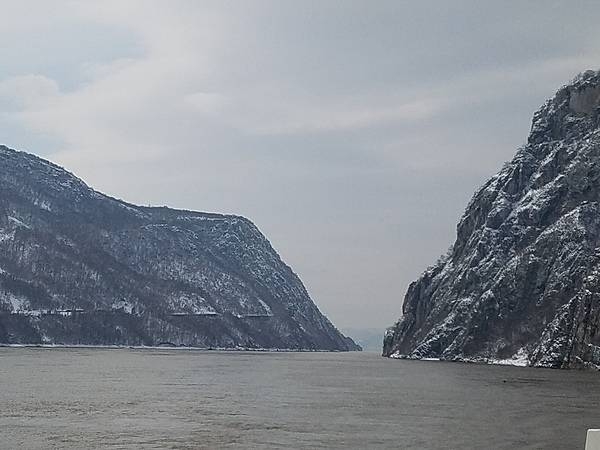
The Mraconia Monastery on the Danube River was completed in 1993 on the ruins of ancient monasteries.
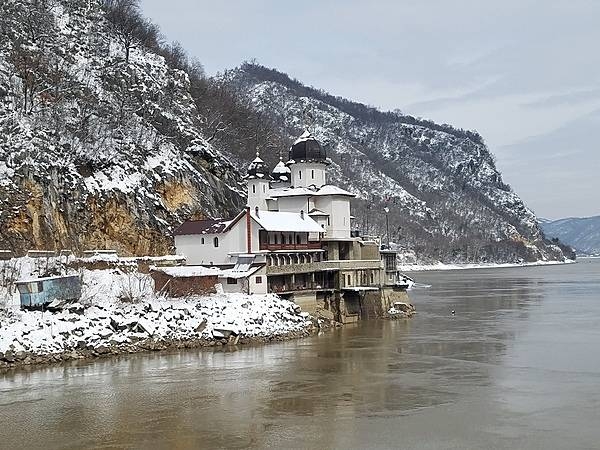
Iron Gate hydroelectric plant on the Danube River.

Locks on the Danube River near the Iron Gates.
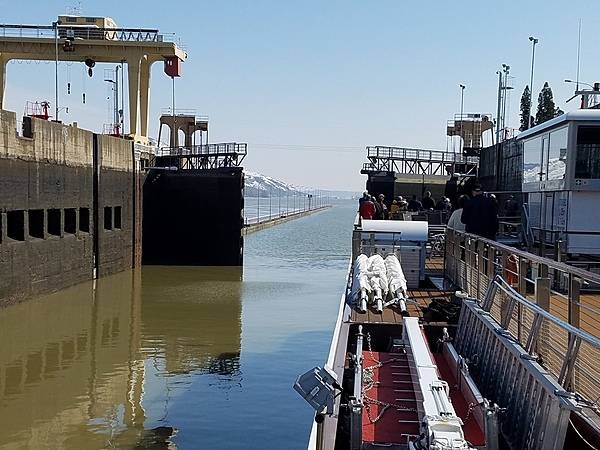
Exterior of the Palace of the People in Bucharest. The building was constructed between 1984 and 1997 on orders of Nicolae Ceausescu, the dictator of communist Romania. The structure is the world's third-largest building by floor area (after the Pentagon in Washington, DC and the Long'ao Building in China) with 1,100 rooms; it consists of 12 floors above ground and 8 floors below. The edifice hosts the two houses of Romania's Parliament (the Senate and the Chamber of Deputies), three museums, and an international conference center. Nonetheless, about two-thirds of the building remains unoccupied.
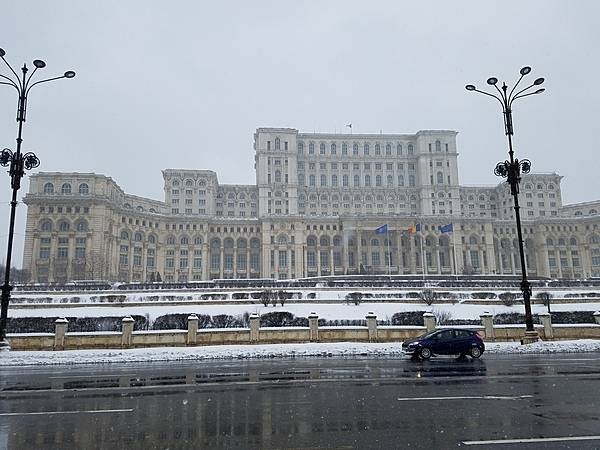
Page 01 of 02